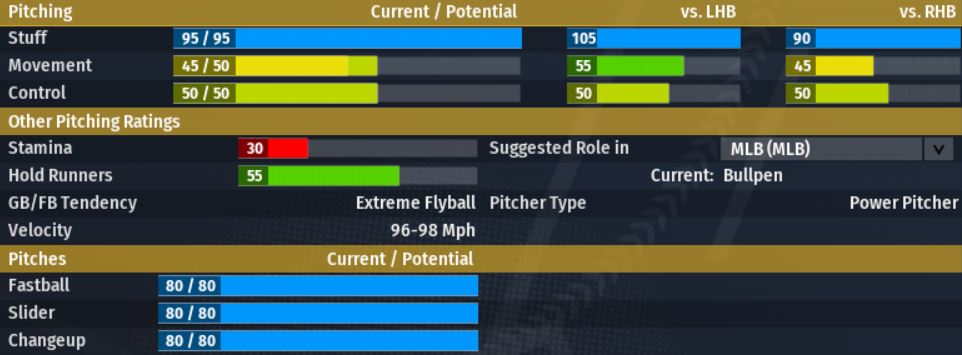Just past the one-third mark of the abbreviated 2020 season, the Yankees have been steamrolling opponents to the point of compiling the American League’s second-best record (15-6) thanks largely to a league-best offense, but as with last year, they’re having a hard time keeping their regulars healthy. Earlier this past week, they lost Giancarlo Stanton to a hamstring strain, and within a 48-hour span this past weekend, they placed both Aaron Judge and DJ LeMahieu on the Injured List as well, that at a time when the pair collectively occupied the AL leads in the three slash stats. As with last year, when shortstop Gleyber Torres was the only member of the expected starting lineup to avoid landing on the IL at some point, the team’s depth is getting quite a test, but there’s no guarantee that they can replicate the strong performances that kept them afloat in 2019.
Stanton, who after being limited to just 18 games last season due to strains in his left biceps, left shoulder, and right knee — not to mention a right quad strain suffered during the AL Division Series — would have begun this season on the IL as well due to a right calf strain, had it opened on schedule. The delay caused by the coronavirus pandemic worked in his favor, and he began the shortened 2020 campaign with a bang, mashing an Opening Day home run off the Nationals’ Max Scherzer in his first plate appearance, then following up with an major league-high 483-foot shot off Eric Fedde two days later. For a short while, he remained healthy and productive, serving as the designated hitter in 14 of the team’s first 15 games and batting .293/.453/.585 (182 wRC+) with three homers, but he left the second game of the Yankees’ August 8 doubleheader with what was soon diagnosed as a Grade 1 left hamstring strain, an injury that is expected to sideline him for 3-4 weeks.
It’s a frustrating turn of events for the 30-year-old slugger, who has lost significant time to injuries in four out of the past six seasons, though Stanton did play 159 games in 2017 with the Marlins and 158 in ’18 with the Yankees. “I’m hurting for him,” manager Aaron Boone told reporters at the time. “I know what he’s done to be here. His play speaks for itself. Hopefully it’s something that doesn’t end up keeping him down too long.”
Judge, who is off to a .290/.343/.758 start while leading the AL in slugging percentage and home runs (nine, now tied with Mike Trout) and ranking third in wRC+ (191), was lifted from Tuesday’s game against the Rays in the sixth inning, just after hitting the last of those homers. Boone said he wanted to get the slugger off his feet after four straight games on the turf at Tropicana Field, but he hasn’t played since due to what was initially described as “lower body tightness” and has since been diagnosed as a mild calf strain.
Read the rest of this entry »

